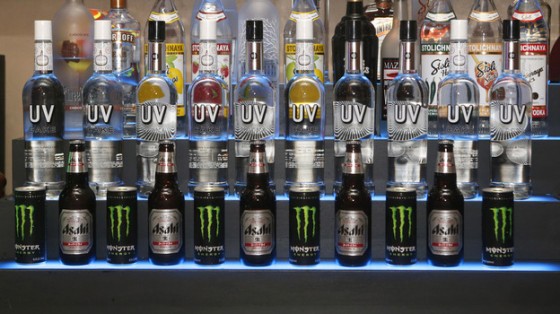
Post by Nancy Shute, The Salt at NPR Food
Should emergency rooms track the number of people who get hurt or sick after drinking coffee? That's what the maker of Monster energy drinks suggests in response to a recent report that emergency-room visits involving caffeine-laced energy drinks doubled from 2007 to 2011.
The energy drink maker took issue with the report, pointing out that there was no evidence in the federal government's survey that energy drinks caused the people's health problem – and that energy drinks aren't the only way to slug caffeine.
"The report did not even look at ER visits associated with coffee consumption and could not say whether people who had consumed significant quantities of caffeine from coffee or other sources so not likewise visit the ER," Monster Beverage Corp. said in a statement. As we've reported recently, young people are drinking more coffee for the extra jolt these days.
True, most people don't confess to having downed a latte when they show up sick at the ER. But public health officials and lawmakers say energy drinks pose unique hazards because they're often sold in large sizes that deliver a potent dose of caffeine. They're flavored and colored to look like soft drinks, making them more appealing to children and teenagers than a cup of coffee. That gives the impression that there's no downside to drinking a lot, even though consuming large amounts of caffeine can cause problems like rapid heartbeat, muscle tremors, and seizures.